SHANGHAI, July 26 – The 2025 World Artificial Intelligence Conference (WAIC) and High-Level Meeting on Global AI Governance kicks off in Shanghai on Saturday, showcasing cutting-edge technologies and innovations by domestic and foreign tech enterprises including Unitree Robotics, Google and Siemens, while providing an important platform for strengthening international AI cooperation and governance amid growing unilateralism and protectionism from certain Western countries.
Chinese Premier Li Qiang will attend and address the opening ceremony of the event, according to the Chinese Foreign Ministry.
Held under the theme “Global Solidarity in the AI Era,” the annual three-day event has attracted over 800 Chinese and international exhibitors showcasing more than 3,000 exhibits, hitting a record high. Meanwhile, the conference will convene global experts, industry leaders, and policymakers from 40 countries and international organizations to explore the future development of AI technology and global governance frameworks, according to the organizer.
Cutting-edge tech on-display
The exhibition will be further divided into the four themes of core technologies, industrial application, smart terminals, and universal links. Global tech giants such as Google, Amazon Web Services, and Cisco, alongside domestic leaders like Alibaba, Huawei and iFlytek, as well as startups like Hangzhou’s “Six Little Dragons” will gather to showcase their state-of-the-art technologies, the organizer said in a statement sent to the Global Times.
Huawei will debut its Supernode 384 computing architecture, the largest-scale deployment of its kind, while Cisco will unveil its CX Generative Intelligent Operations platform for the first time globally. The Siemens Industrial Copilot and Tesla’s Tesla Bot will also be on display, the organizer said.
At WAIC 2025, MiniMax will showcase a full lineup of AI-native products -including MiniMax Agent, Hailuo AI, MiniMax Audio and the Xingye AI app – alongside its latest smart hardware and ecosystem apps, giving every visitor instant, hands-on intelligence.
Yan Yijun, vice president of public affairs of the startup, told the Global Times on Friday that the company will always pledge to anchor its future in indigenous innovation and open collaboration. “We will keep pouring resources into foundational theory and core technologies while working hand-in-hand with our global partners to turn cutting-edge research into real-world productivity,” Yan said.
Chinese AI company iFlytek will unveil the upgraded SparkDesk X1 large model, allowing visitors to test its latest capabilities in math solving, translation, multilingual dialogue, and code generation. As the event’s official translation partner, iFlytek will also provide simultaneous on-screen interpretation for the opening ceremony, plenary and parallel sessions, while also appearing at the national pavilion and terminal-product exhibits, the company told the Global Times on Friday.
“It is generally believed that this year marks the commercialization of humanoid robots,” Qiu Heng, chief marketing officer of Agibot, told the Global Times, revealing that the company will launch the Lingxi X2-Pro robot at WAIC 2025, showcasing its applications in industrial manufacturing, logistics, retail services, entertainment and education. In industrial settings, humanoid robots excel in flexible manufacturing, adapting to small-batch, variable production demands.
Across the WAIC 2025 expo floor, 128 check-in points are woven through ten themed zones, while the first-ever “WAIC City Walk” threads 16 Shanghai districts into one giant, immersive circuit.
At the core themed street, robots will take on various roles in old Shanghai alley scenarios, performing high-precision tasks such as drumming, calligraphy, cooking skewers and peeling eggs. These actions demonstrate the iterative development of cognitive, motion and interactive intelligence.
Call for intl cooperation
While providing an arena for global tech giants to showcase their latest innovations, China also aims to promote a united voice from the international community in AI to inject greater stability and certainty into the turbulent world, and leverage AI technology to boost global sustainable development, according to the organizer.
“In 2025, the meteoric rise of Chinese large language models, especially open-source models, instilled hope in the global community – especially developing countries – offering them the chance to access and embrace the dividends of AI development,” Wang Ruomeng from the National Development and Reform Commission told a press conference earlier this month in Shanghai.
At this year’s conference, China will share experience of AI cooperation with other countries, Wang said, citing the example of how DeepSeek-powered translation services aided rescue efforts following the recent Myanmar earthquake.
“This showcases China’s sense of responsibility as a major country in global AI cooperation and governance, as the country always believes that all parties should jointly promote the open and inclusive development of AI for good and for all,” Bao Jianyun, dean and professor of the Department of International Politics, School of International studies at Renmin University of China, told the Global Times on Friday, pointing out the stark contrast with the US’ protectionist and hegemonic development path in the AI field.
The US administration released a new AI blueprint on Wednesday that aims to loosen environmental rules and vastly expand AI exports to allies, in a bid to maintain the American edge over China in the critical technology, Reuters reported.
In addition, the US has also intensified its crackdown on Chinese technology firms and its AI industry. In May, the Bureau of Industry and Security of the US Department of Commerce issued an announcement regarding the use of Huawei’s Ascend chips as a “violation of US export controls”, and warned the public of the potential consequences of allowing the use of US AI chips for training Chinese AI models.
However, despite the US’ persistent suppression, domestic Chinese AI products have achieved significant breakthroughs in terms of application, reaching parameter scales in the hundreds of billions and achieving multi-modal capabilities. They have been deeply integrated into scenarios such as office collaboration, education, industrial design and content creation, forming an intelligent application ecosystem covering multiple fields, according to a report released by the China Internet Network Information Center on Monday.
Facts have proven that monopolizing technologies and resorting to protectionist threats to contain China’s AI capabilities are all unfeasible and counterproductive approaches, which will ultimately hinder the fundamental development of the US’ own AI sector, Bao said. He stressed that China’s vast market and enormous AI potential provide great opportunities for US companies like Nvidia.
“Globalization is an inevitable trend. The wide participation of enterprises, scholars and officials from across the world at the WAIC demonstrates the robust vitality of international AI cooperation while also underscoring that open cooperation and exchanges are the future of global AI,” he said.

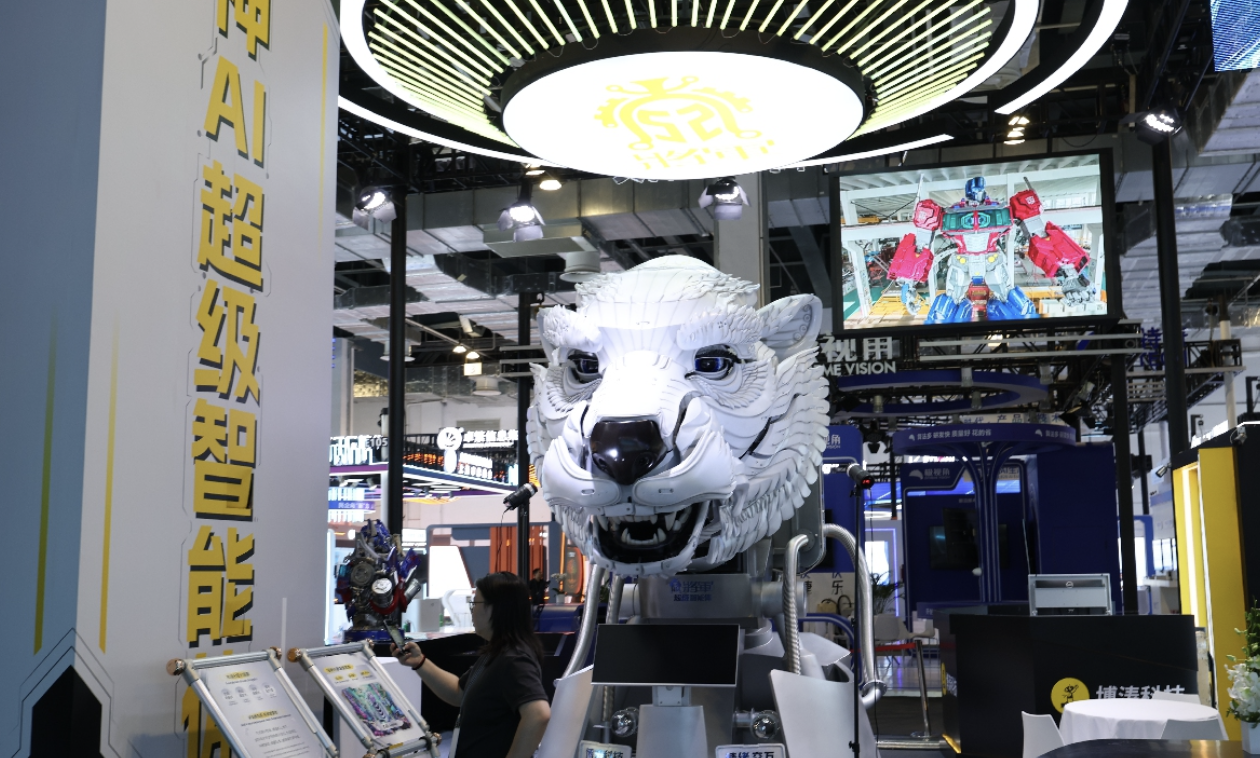
-加码-scaled.jpg)

-加码-scaled.jpg)





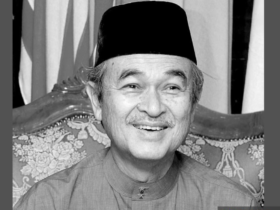



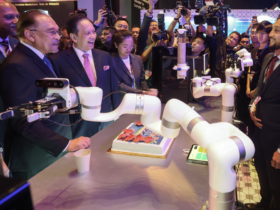

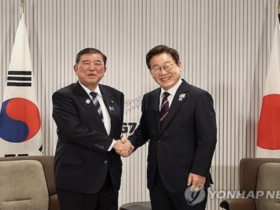


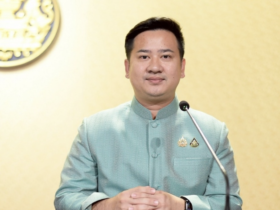
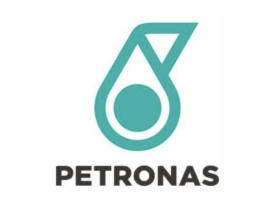

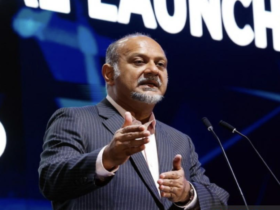
Leave a Reply